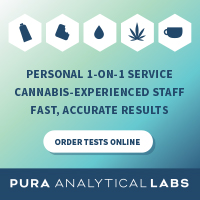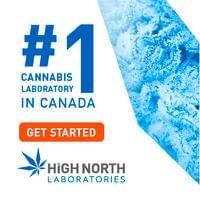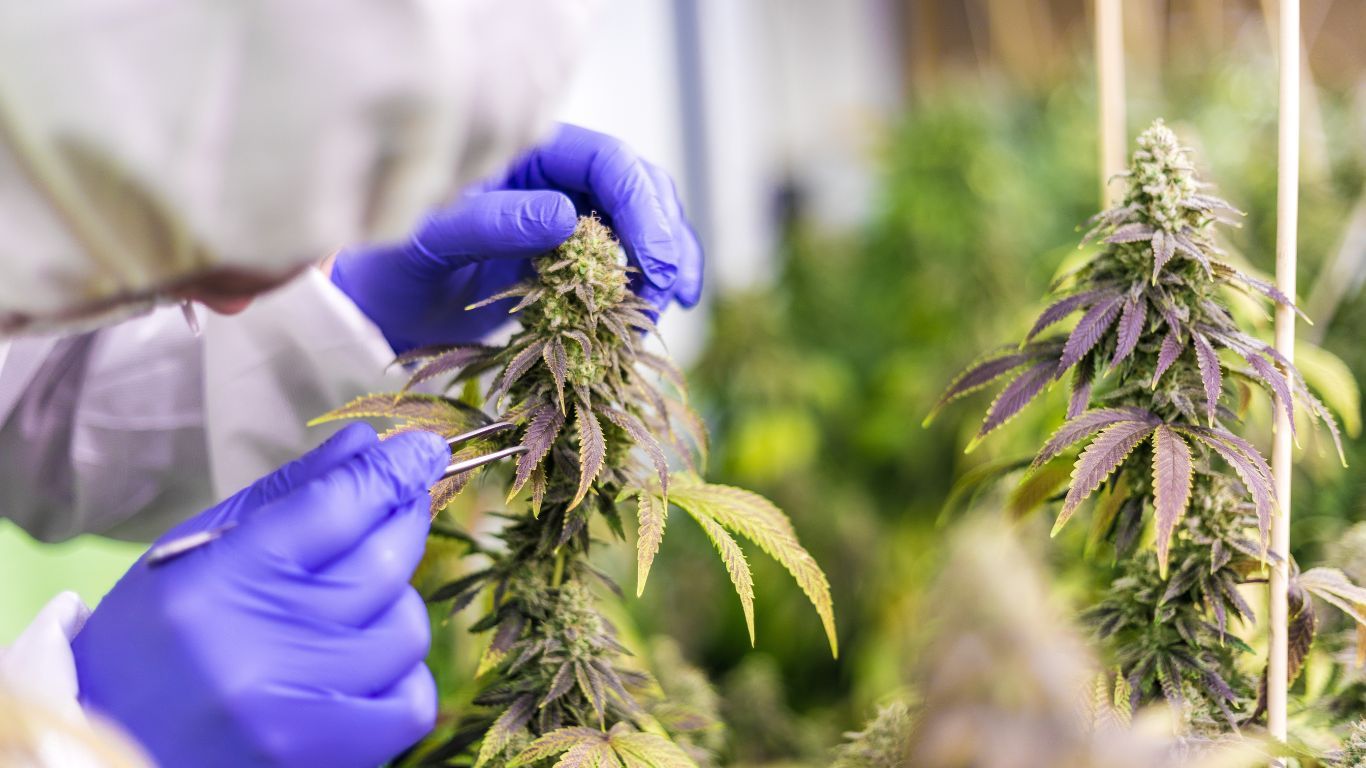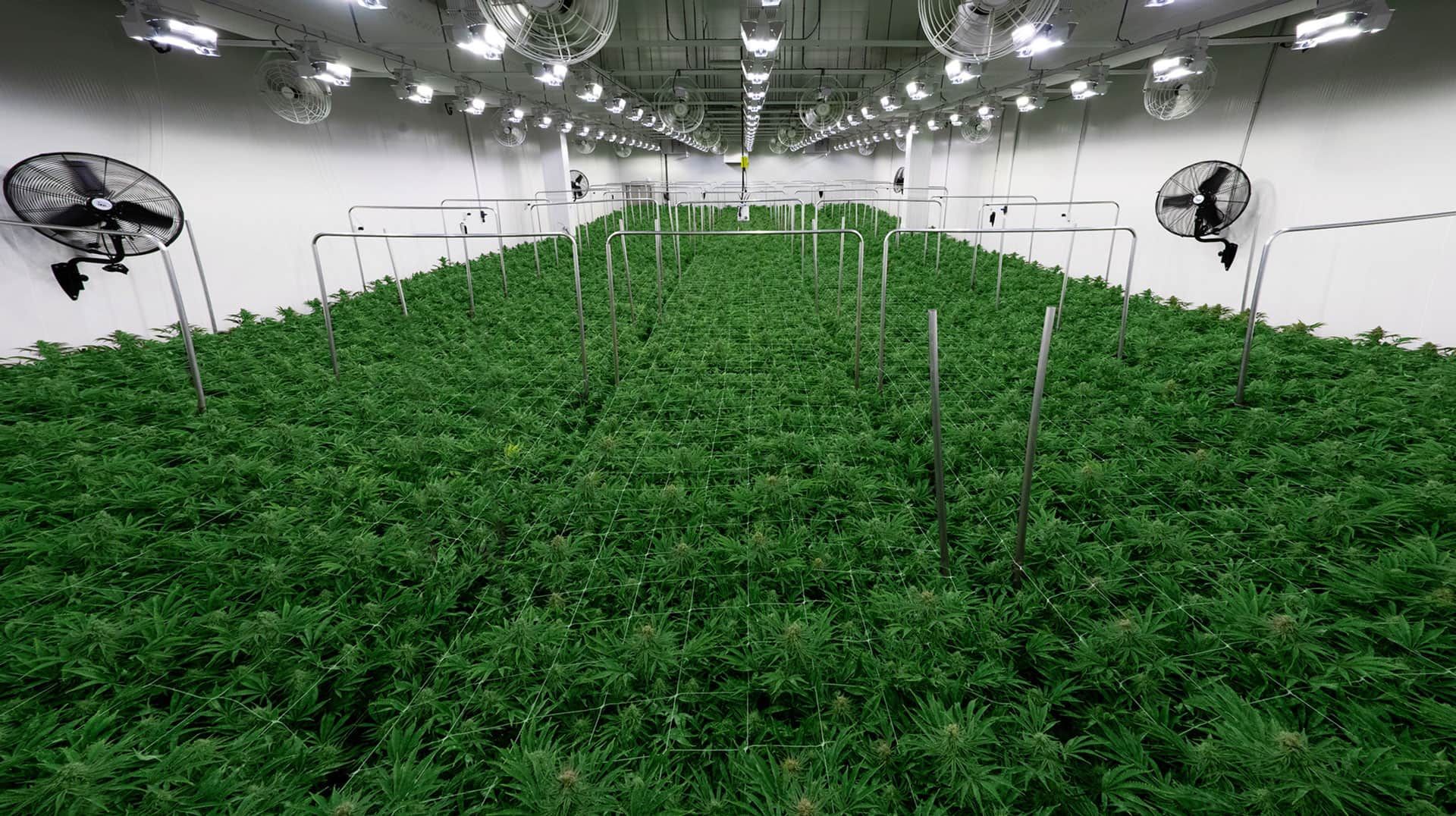
Last spring, a Canadian laboratory conducted potency testing on 46 different cannabis flower products and found that the THC level of every sample was anywhere from 9% to 48% lower than what was indicated on the labels.
In the United States, meanwhile, a study revealed that ~70% of samples tested were more than 15% lower than the THC potency numbers reported on the label.
Reports like these fuel allegations about potency inflation. Are a few unscrupulous growers and labs using underhanded tactics to inflate potency and command a higher price for their products?
Or, might potency inflation be symptomatic of a deeper problem – namely, a lack of universal standards in an industry that is only 5 years old?
To add to the conversation, we’d like to suggest the latter, and we’ve identified 4 areas where the industry needs to align to help combat potency inflation:
- Defining an acceptable potency range for products
- Defining a “representative sample”
- Establishing a standard potency testing method
- Agreeing on the definition of key terms
What is an acceptable potency range?
Let’s start by explaining how potency is measured and reported.
“First of all, ‘potency’ is a misleading term,” said Rana Tayyarah, Senior Director of Commercial Product Development at Labstat. “What a lab is really measuring is cannabinoids’ concentrations, and concentration is never a single number.”
Due to measurement uncertainty and the challenges of measuring the concentration of any compound, potency results are given from the lab as a range. For example, THCA might be reported on a Certificate of Analysis from different labs as…
- Lab A: 23% +/- 5%
- Lab B: 25% +/- 3%
So, which is correct? They may both be correct!
The actual THCA concentration of that particular sample might be 22%, which falls within the range given by both labs. If you’re the grower, you surely prefer the results from Lab B, and that’s what you want on your label. However, if another lab tests the same sample, they may report a lower potency number… and still be correct!
You can see how reporting potency as a single number rather than a range creates misunderstandings. Agreeing to report potency within, for example, a 6-point range, 8-point range, or something else entirely would add clarity, helping solve the perception of potency inflation and boosting industry credibility.
How do we define a “representative sample”?
Starting with a representative sample of a cannabis batch is another vital part of getting accurate potency results. However, it’s extremely difficult to generate a sample that represents the composition of an entire product batch.
To illustrate, imagine that you want to measure how many walnuts are in a pan of brownies. To take a sample, you cut a small piece from the middle of the pan.
You might think you have a good idea of how many walnuts are in the entire pan based on that sample, but here’s the problem: the walnuts don’t evenly distribute themselves throughout the pan. A piece near the corner may have fewer nuts than a piece in the middle. The only way to know the number of walnuts in the entire pan would be to count them all – and ruin the brownies in the process.
Measuring THC in an entire product batch is similar. Cannabinoid concentration can vary depending on several factors, such as the plant’s location in the grow room, light sources, how crowded the room is, and more. It can even vary within a single flower.
Currently, there are no regulations or industry standard procedures for taking a representative sample. This opens the door for all sorts of variability from one sampler to another, leading to differing potency results between labs, samples from a single batch, and even results from the same sample.
We need a standardized potency testing method
One of the biggest contributors to ambiguity in the cannabis potency discussion is the lack of standardized methods for cannabis potency testing.
Consumers are often surprised to learn that, while Health Canada requires a lab to validate its methods, it does not regulate which method to use, nor does the agency recommend one method over another.
That said, there are three primary methods for potency testing:
- High-performance liquid chromatography (HPLC)
- Gas chromatography (GC)
- Liquid chromatography mass spectrometry (LC-MS)
“HPLC is the typical method that labs use, including Labstat, due to its sensitivity and precision,” said Tayyarah. “It can quantify the ‘Big 4’ cannabinoids that Health Canada requires – THC, CBD, THCA, CBDA – without heating the sample, which increases precision.”
However, not all labs use HPLC, and the lack of a regulatory standard introduces variability in cannabis testing, which produces different results and contributes to potency inflation.
Even using the same method, standardization should include ensuring regular checks and balances are put in place. Using certified reference products and participating in lab-to-lab studies are important to maintain a level of high-quality testing results.
We need to work from the same script
The industry’s lack of standardized language also contributes to the problem. “I attended an industry conference not long ago where one presenter started his presentation just by defining some of the terms he would be using,” said Tayyarah. “We need to get to a point where we all understand and accept common terms to remove ambiguity.”
Take, for example, the term ‘dab’. It can mean many things depending on context, but in the cannabis industry, it refers to the method used to consume marijuana-based oil and extract concentrates. Interpreting the term without this context can lead to miscommunication, making it crucial for the industry’s growth that we all agree on definitions of key terms.
Four signposts on a roadmap for success
Canada has a great opportunity to lead the global cannabis industry, but potency inflation continues to erode credibility. To solve the problem, LPs, regulators, scientists, and consumers must work together. A great starting point is to…
- Establish an industry standard potency range when reporting test results to replace the single number printed on labels.
- Introduce a regulatory standard for potency testing to help reduce variability and increase accuracy.
- Define a procedure for taking a “representative sample” for testing.
- Define industry terminology to help reduce miscommunication and promote uniformity throughout the industry.
Change often takes time, but we must move forward with these solutions to solidify the legal cannabis industry and promote safety and quality.
Content sponsored by: Labstat













